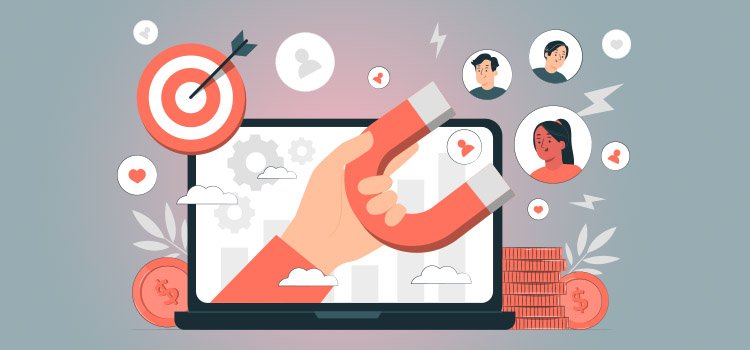
|
Getting your Trinity Audio player ready...
|
The inverted funnel is a strategy that has revolutionized the way companies approach the sales and marketing process.
In this article, we'll explore what the inverted funnel is, how it works, and how it can be applied to boost a company's marketing and sales success.
What is the inverted funnel
The inverted funnel is a marketing and sales approach that reverses the traditional customer journey. While the traditional sales funnel starts with broad awareness of the product or service and narrows to purchase, the inverted funnel puts the focus on the customer from the beginning.
Thus, in this model, the customer journey begins with identifying their specific needs and desires. The process then unfolds as the company provides relevant and valuable information to help the customer better understand their problems and possible solutions. Only after this education and engagement phase does the customer move on to the consideration and purchase stages.
In this way, this approach puts the customer at the center of the marketing and sales strategy, creating a more personalized and targeted experience. By better understanding customer needs and providing relevant content at every step of the purchasing process, companies can increase conversion rates, build stronger customer relationships, and drive their business success.
The steps of the inverted funnel
Conscience
In the first stage, the objective is to draw the customer's attention to a problem or need they may have. This is done through educational content such as social media posts, blogs and informative videos.
Interest
Once the customer is aware of the problem, the next step is to pique their interest in possible solutions. This can be done by providing more detailed information about the benefits of resolving the issue and how your company can help.
Consideration
At this stage, the customer is actively considering their options. It is important to provide content that highlights the advantages of your solution compared to others available on the market.
Intention
Here, the customer is ready to act. So, they may be comparing prices, reading product reviews or contacting your company directly to make a purchase.
Assessment
Once the customer has expressed their purchasing intent, it's time to ensure they have all the information they need to make an informed decision. This could include product demos, free trials, or personalized consultations.
Purchase
Finally, the customer makes the purchase. However, the work does not end here. It's important to continue nurturing the post-purchase relationship to ensure customer satisfaction and encourage future purchases.
How to implement the inverted funnel
The first step to implementing the inverted funnel is understanding who your target audience is and what their needs and desires are. This way, you can perform market research, data analysis and feedback of customers.
Based on the information gathered, it's important to create relevant and informative content that resonates with your target audience at each stage of the inverted funnel. This can include tutorial videos, buying guides, and case studies.
Once a customer expresses interest in your company, it's crucial to nurture that relationship through regular, personalized communications. Therefore, use follow-up emails, special offers and invitations to exclusive events.
Finally, it is essential to track and analyze the results of your marketing and sales campaigns to identify what is working and where there are opportunities for improvement. This can be done through data analysis, social media monitoring, and customer feedback.
Benefits of the inverted funnel
One of the main advantages of the inverted funnel is that it puts the focus on the customer from the beginning, creating a more personalized and engaging experience. Additionally, by providing relevant content at each stage of the funnel, you can increase the likelihood of conversion and build longer-lasting customer relationships.
Apply the inverted funnel
In short, the inverted funnel is a powerful marketing and sales strategy that puts the customer at the center of everything. By understanding your target audience's needs and providing relevant content at each stage of the funnel, you can increase conversion rates, build stronger customer relationships, and drive your business's success. Try implementing the inverted funnel into your marketing strategy and see the difference it can make.

Marcel Castilho is a specialist in digital marketing, neuromarketing, neuroscience, mindfulness and positive psychology. In addition to being an advertiser, he also has a Master's degree in Neurolinguistic Programming. He is the founder and owner of Vero Comunicação and also the digital agency Vero Contents.



